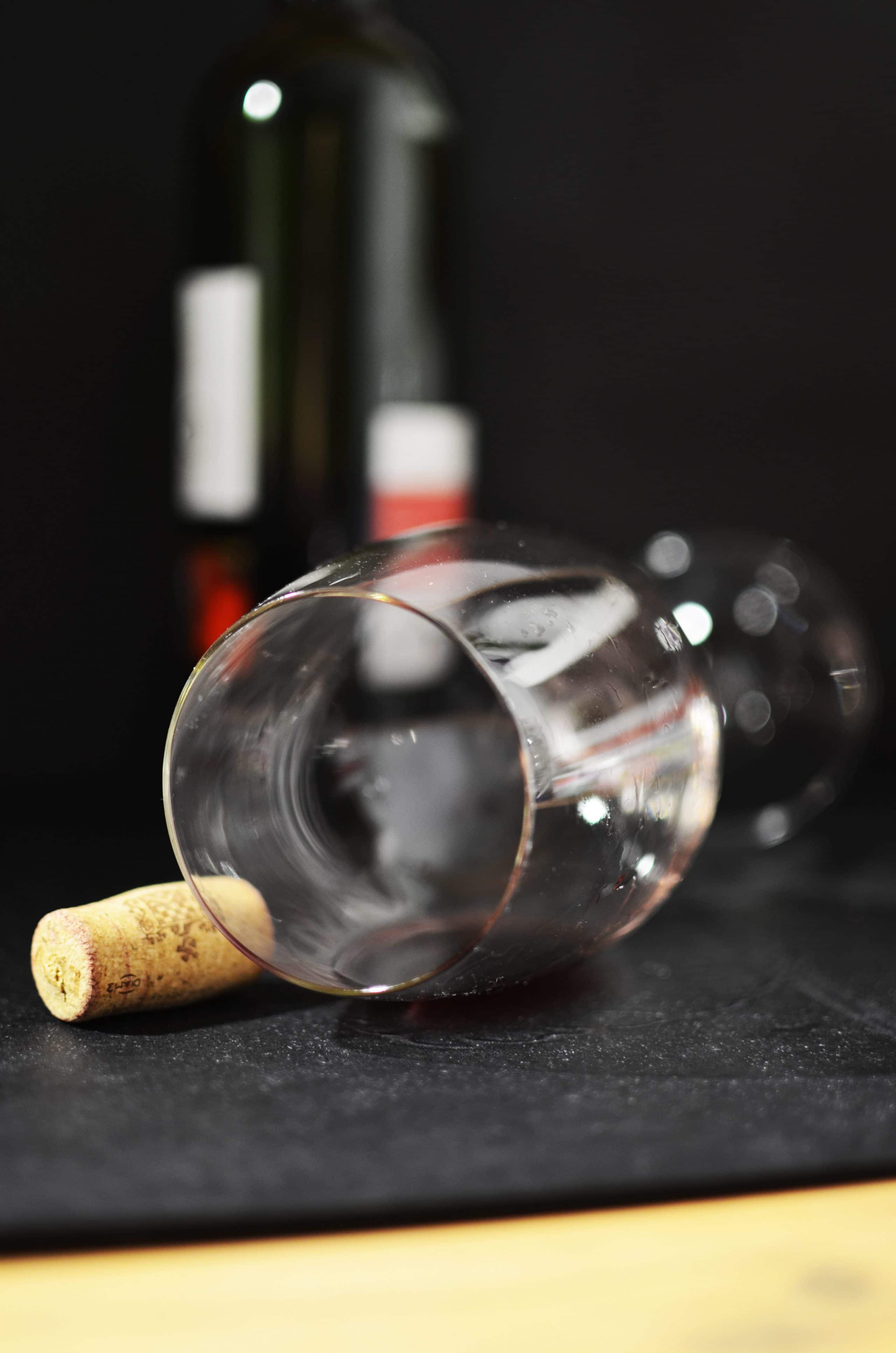
There is an overabundance of myths and misconceptions about wine out there. Whether you’ve been a long-time wine enthusiast or you’re just starting a collection, identifying the false ideas from the facts can help you be a better collector. Being able to sift the truth from the fallacies will help you have a better tasting experience with the wines in your cellar.
Five Most Common Lies About Wine

 Myth #5: All Bottles that are Sealed Using a Screw Cap Contain CHEAP WINE!
Myth #5: All Bottles that are Sealed Using a Screw Cap Contain CHEAP WINE!
This is complete BS! Screw caps, commonly called Stelvin closures, are used by many clever winemakers as reliable protection for their beloved vintages.
Most people like wine corks because of the idea that is associated with bottles sealed with corks. Natural corks provide a classic pizazz to your wine tasting experience – a certain flair that no metal cap could ever give.

Some people insist that capped wines are cheap wines. Of course not! In fact, a lot of the biggest German and Austrian wine producers are now using Stelvin to seal their bottles. Winemakers in Australia and the United States are also beginning to follow the trend. This is no surprise at all because prudent winemakers would want to ensure that their products are kept bacteria free!
 Myth #4: Sweet is the Same as Fruity.
Myth #4: Sweet is the Same as Fruity.
Zinfandel, which is a wine known for its burst of fruitiness, is often described as a sweet type of vino. In the wine world, people often confuse sweetness with fruitiness. Although there are fruity wines that are also sweet, we cannot neglect the fact that there are a number of wines that are fruity without being sweet, and wines that are sweet but not fruity.
Our taste buds use thousands of receptors to interpret the aromas and flavors that we experience. When drinking fruity wines, our brain can interpret the aromas by associating them with known fruit flavors, such as berries, cherries, pineapples, and mangoes. But none of these fruits are necessarily sweet – at least not like sugar itself!
 Myth #3: Red Wine Can Cause Headaches Due to its Sulfur Content.
Myth #3: Red Wine Can Cause Headaches Due to its Sulfur Content.
This is definitely a lie! Unless you’re one of the few people who are actually allergic to sulfites, the headache you’re experiencing after that bottles of Domaine Loubejac Pinot Noir is more likely to be caused by dehydration, not sulfur.
Keep in mind that most of the wines in your custom cellar would not be enjoyable at all without sulfur! In fact, you’ll notice that most wine bottles have “Contains Sulfites” on their labels. Sulfur Dioxide (SO2) or “sulfites” is one of the key elements to preserving vino. This compound is added during the winemaking process to destroy yeasts and bacteria. The main goal of adding sulfites to wine is to prevent oxidation and maintain freshness.
Sulfite-free wines have a much shorter lifespan, and need to be consumed earlier compared to wines which have sulfur added. Check the labels on the bottles in your residential cellar, so that you can determine which ones are for early consumption and which ones are for aging.
Sulfites are generally harmless. So, if you’re not allergic to sulfites but are having a headache after downing a bottle of wine, perhaps you should drink more water and aspirin to fix that.
 Myth #2: Smelling the Cork is a Good Way to Tell if the Wine is Bad
Myth #2: Smelling the Cork is a Good Way to Tell if the Wine is Bad
It is common practice for many sommeliers at restaurants to show you the cork before they serve the wine you ordered. A lot of people respond to this by smelling the cork when it is offered. This is definitely ridiculous!
A lot of people assume that smelling the cork will give them an idea if the wine they’re ordering is good or bad. This is a terrible misconception. The best way to check if a wine is spoiled is by smelling the wine itself! Cork will smell like cork and nothing else. It will not give you any information about the condition of the wine.
The reason why the cork is offered at a commercial establishment is for you to confirm that the producer and vintage are the same as the wine you ordered.
Myth #1: Use Cheap Wines for Cooking
A lot of people purchase costly vintages to add to their residential cellar, but they would also buy cheap wines for cooking purposes. The common rationale for using inexpensive wine for cooking is that they won’t be drinking the wine per se. There’s something off with that reasoning!
When we cook any type of liquid, we allow it to evaporate until it is reduced to its concentrated essence. So, if you cook cheap, awful-tasting wine, aren’t you just making its bad flavor stronger and more intense? If you wouldn’t dare take a sip of that $3.00 vino from the grocer, why would you put its concentrated flavor in your food? Throw away that cheap bottle of wine! Your dish deserves better than that!












